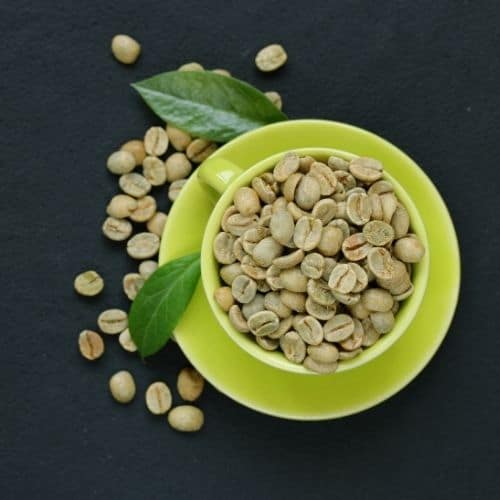When you think of coffee, most people automatically think of caffeine. Caffeine in coffee gives us that boost in the mornings, it’s a stimulant and even an appetite suppressant. But, it can cause anxiety, racing heart beat, insomnia, excess sweating and even diarrhea. This is why some prefer decaffeinated. But how is coffee decaffeinated? I’ll explain.
Caffeine can be taken from your precious coffee but it’s not a simple process. Some people even say that it takes coffee from its natural state (caffeine is a plants natural defense against bugs and animals). And, just because it says it is decaffeinated doesn’t mean its 100% caffeine free. The USDA says it only needs to be 97% caffeine free to be considered “decaffeinated”.
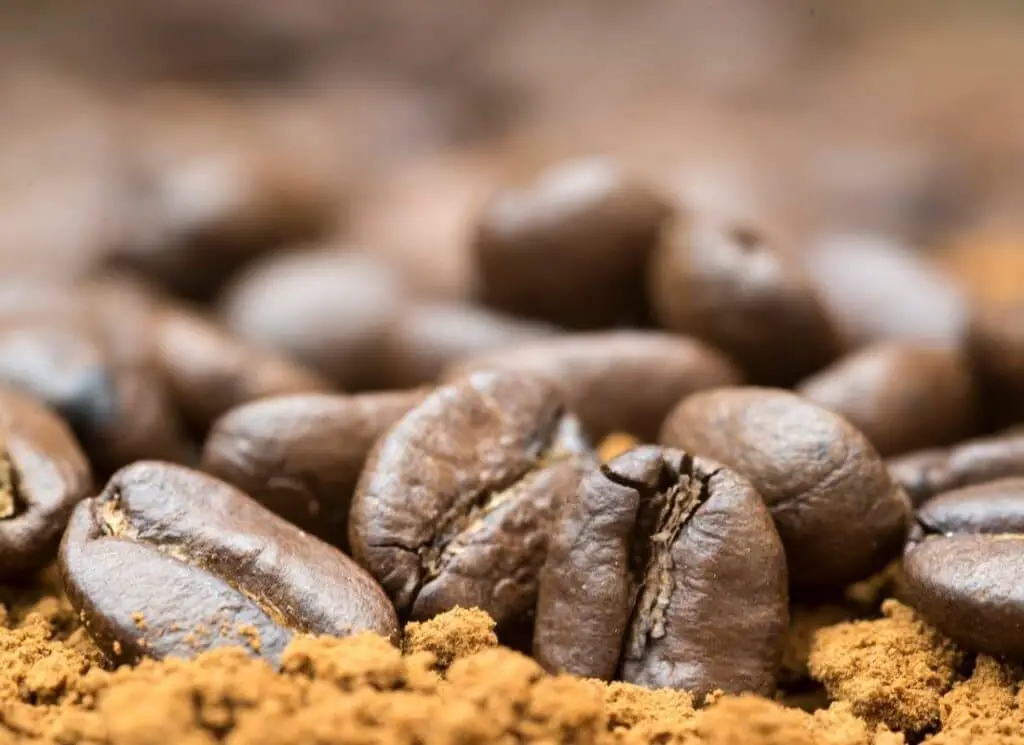
The First Discovery of Decaffeination
A German by the name of Ludwig Roselius accidentally discovered how to decaffeinate coffee when he had a shipment become engrossed in saltwater while at sea. It took the caffeine out of the coffee without messing with the flavor. Roselius wanted to figure out how to replicate this so he steamed the beans with acids and then benzene as a solvent to remove the caffeine.
Because of this, other methods have been developed. (Note: benzene is a possible carcinogen.) Now they use methylene chloride (aka dichloromethane) or ethyl acetate as alternatives.
Decaffeination of the coffee happens while the beans are green and usually done in a separate decaffeination facility that specializes in the process.
There are really only four methods used today to decaffeinate coffee. I will summarize them for you below.
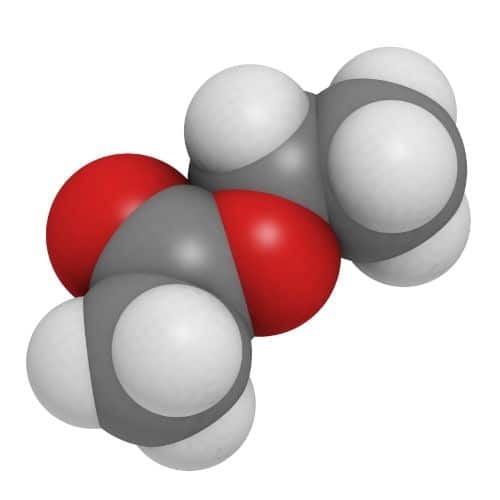
Solvent Based Process
Solvent based means they use a chemical to soak the beans and remove the caffeine. Ethyl acetate is the most natural of the chemicals that can be used since it naturally occurs in ripening fruits. So when you see a coffee labeled “naturally decaffeinated”, this is likely the process used.
Methylene chloride is said to not be considered a health risk and is the other chemical they use to decaffeinate. You might find traces of the chemical left behind after decaffeination but would most likely not make it through roasting. The FDA states the risk is low, but you can read about all the processes and decide which is best for you.
Indirect Solvent Process
This method soaks the beans in boiling water that extracts the caffeine along with oils and elements that affect the flavor. It’s then separated and put in another tank for the beans to be washed with the chemical. The molecules bond to the caffeine and when it is heated, they evaporate.
After all of this, they put the beans back in the water to get the oils and flavor back in.
Direct Solvent Process
In this method, the beans get steamed for 30 minutes to open the pores. They then receive the solvent and are rinsed with the chemical for 10 hours to remove the caffeine. After the caffeine is removed the beans are rinsed to take the solvent away.
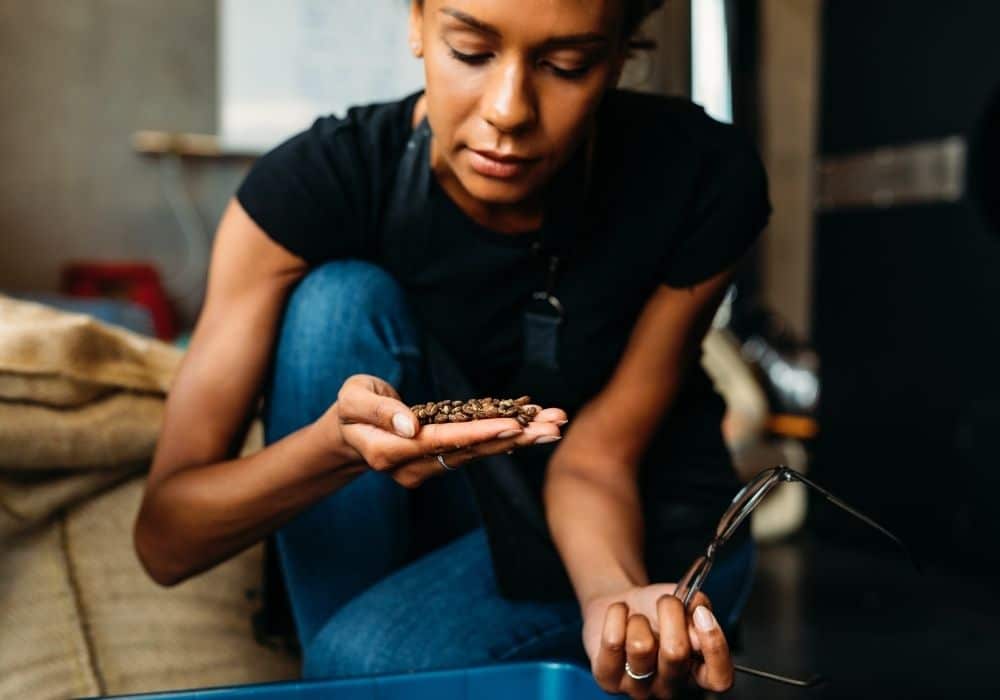
Non-solvent Based Process
Swiss Water Process
This is a chemical-free decaffeination method that was used first in Switzerland (which is why it is called the Swiss-method). In this method, you rely on water solubility and osmosis. The green coffee beans are soaked in hot water. Caffeine and other flavor elements are dissolved. Then they are passed through a charcoal filter to trap the caffeine but let the flavor elements pass. The extract that passes through the filter gets soaked with the beans to put the flavor back in.
Carbon Dioxide Process
In this method, they use carbon dioxide in place of the solvent. It dissolves and draws out the caffeine, leaving behind the larger flavor molecules. The carbon dioxide that the caffeine is in is transferred to an absorption chamber where the carbon dioxide returns to a gas and leaves the caffeine behind. Its then pumped back into a pressurized container to be reused.
This method is expensive and usually only used in large batches of commercially distributed coffee.
Is Decaffeinated Coffee Hard to Make?
The answer is yes. The decaffeination process damages the flavor elements and decaf beans are difficult to roast. This is because the beans change color which makes it hard to gage the roasting process. They become difficult to heat and have less moisture so they roast faster.
So why not decaffeinate the roasted beans? Because like we mentioned earlier, green beans are required to decaffeinate or they would have no flavor and taste like cardboard.
What is the greatest challenge in decaffeinating coffee?
The biggest challenge they face during decaffeination is trying to separate only the caffeine. It is not easy because coffee contains very important chemicals that affect the taste and smell. It is very hard to take out the caffeine and not mess with any of the other chemicals.
Why can’t you just use water to decaffeinate?
You would think that because caffeine is water soluble, you could just soak the beans and that would work. Wrong. Caffeine is not the only water soluble substance. There are proteins and sugars in the coffee that are water soluble, too. So in order to minimize the chance of washing out everything, a solvent is used.
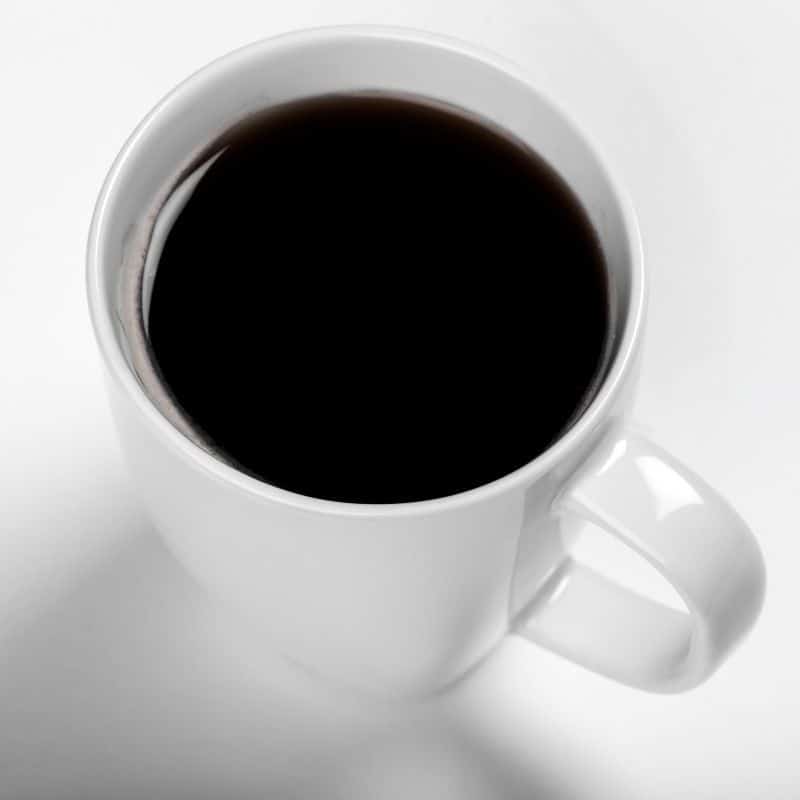
Does decaf still contain caffeine?
Yes. decaf doesn’t mean its free from caffeine. It just means that it has gone through one of the decaffeination processes. Decaf coffee could still contain anywhere from 2 to 4 milligrams of caffeine per cup but caffeinated coffee could have 40 to 200 milligrams depending on the type.
In my personal opinion, unless you are drinking it for the taste, it is not really worth it to purchase decaf. The reality for me is, I drink it for the caffeine. There are also so many health benefits from drinking caffeinated coffee. Some of these benefits are from the caffeine.
Decaf coffee still contains anti-oxidants and polyphenols which can help fight against UV damage, pathogens and radiation. This can lead to a lower cancer risk as well as a reduction in the risk for heart disease and diabetes.
Both caffeinated and decaffeinated coffee are considered healthy. The benefits and risks depend on the individual.
What do you think? Leave me a comment below if you love decaf or vise versa. I love a good friendly debate. Sometimes, we can learn from others experiences.
Also, find out if Decaf Coffee is a Diuretic here.
You can also find out more coffee facts on my Pinterest page.


